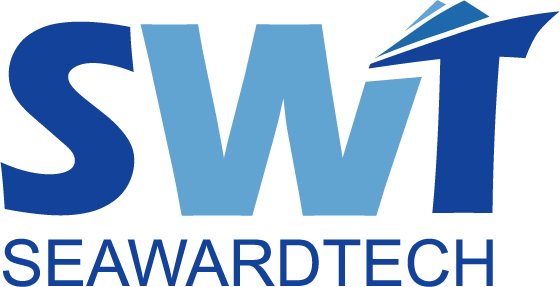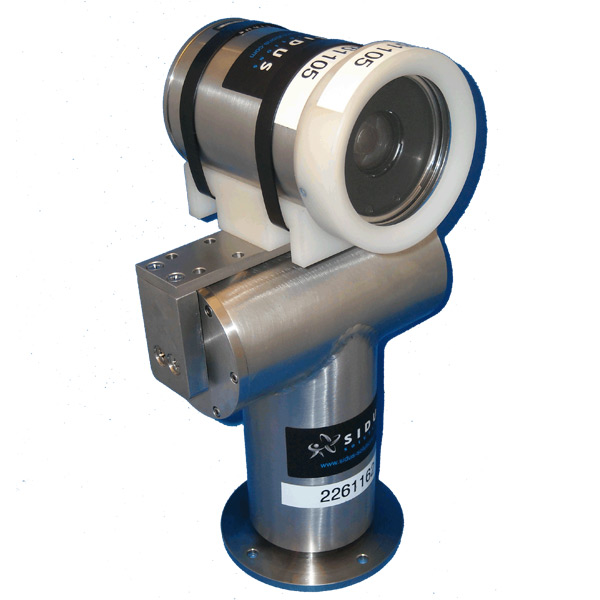A tremendous urgency to discover parts of the ocean that have yet to be explored with a tremendous majority: the majority of our ocean has yet to be discovered (more than 80%), and could potentially be a game - changer as the Uncrewed Surface Vessels (USVs) and Autonomous Underwater Vehicles (AUVs) work together yet on a broader scale. This tandem is changing the ocean exploration procedure adding to it a comprehensive reporting system that can accommodate bountiful findings on the surface and the deep sea.
Complementary Capabilities: Surface - to - Subsea Synergy
Having been developed to work on the surface of the water, USVs are highly efficient in surveying a wide area, long - range tracking, and real - time data transmission. Armed with highly sophisticated sensors and communication systems, it is capable of sweeping vast areas of the ocean, and communicate that to those on the ground. This enables USVs to give a surface reading of the ocean floor, where possible areas of interest exist.
AUVs on the other hand are designed to go deep. Their diving extends to layers of infinite depth, where they have to make their way through intricate undersea postures. The vehicles are capable of penetrating the crevices of the deep - sea to record data about temperature, depth and or biological samples without the need of constant surveillance by man.
Enhanced Data Collection and Analysis
When the two are combined with the collaboration of the USVs and AUVs it exponentially enhances data collection. A mother ship USV may exist to deploy and pick up AUVs at opportune points. The USV is then able to consolidate information gathered by the AUVs. All this data together gives a more comprehensive view of the ocean environment, at the surface level through the deepest darkness.

